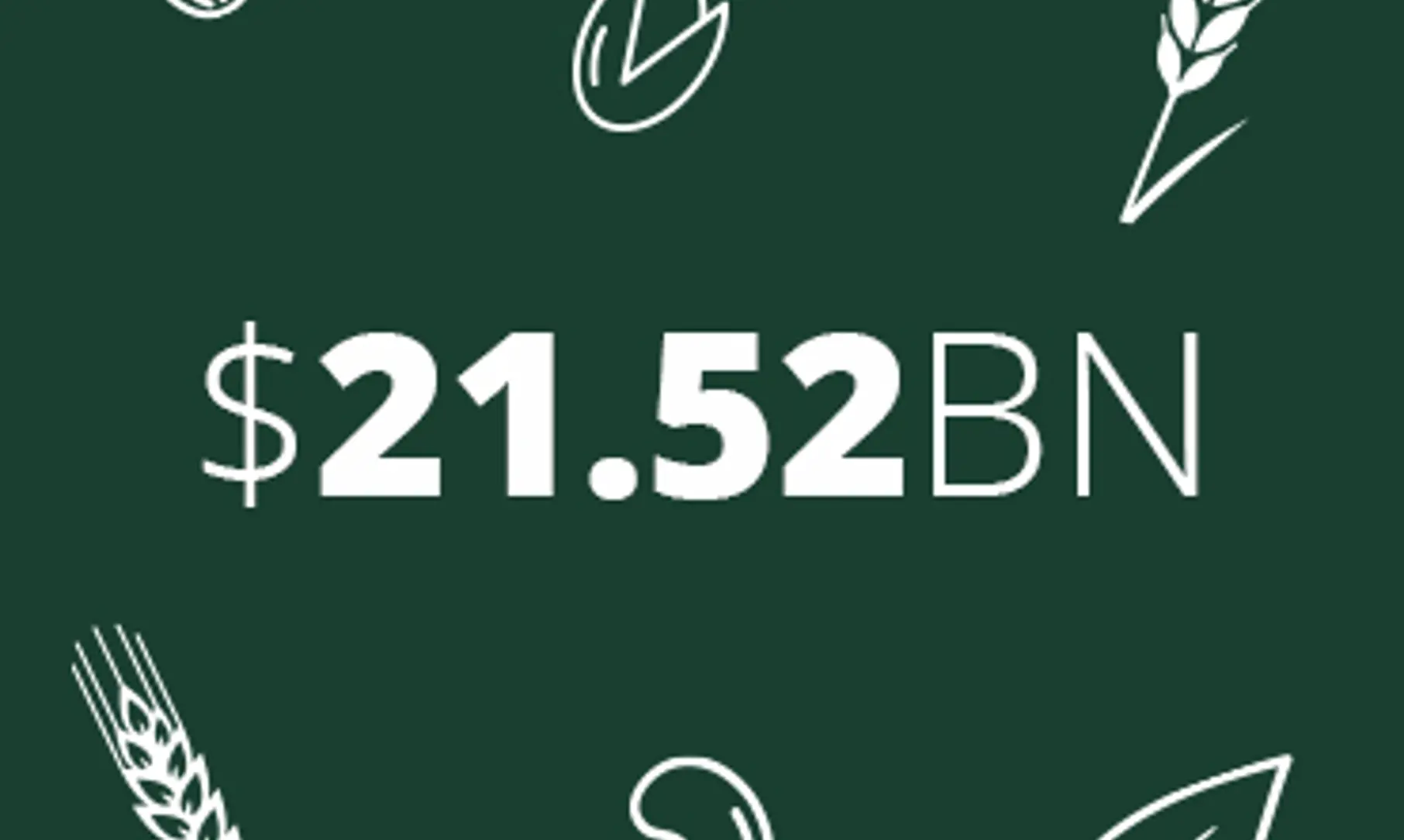Tracking the plant-based boom

In part two of our Plant-based Shift series, we dive into the beginnings of the plant-based dairy alternative movement
Plant-based dairy alternatives may feel like one of the newest and fasted-growing trends on the global marketplace, but their story began hundreds of years ago. Take almond milk, which is believed to have reached southern Europe – via the Moors – in the 8th century. Or the “precursor” to soy milk, which was first used in 14th century China for cooking.
The winning factors
Despite this history, the market as we see it today is clearly a modern phenomenon: sales of non-dairy alternatives have shown enormous growth over the last decade, with the plant-based milk market alone expected to hit $21.52bn in 2024, indicating CAGR of 10.18% beginning in 2020.
So, how did this niche market grow into a billion-dollar industry, and who – and what – is driving demand?

One of the biggest factors is veganism, with consumers worldwide choosing to go plant-based for its perceived health benefits, to promote animal welfare, and to reduce their environmental impact. This, in turn, has propelled the industry to offer a greater variety of plant-based products in order to meet ever-changing demands.
As a consequence, consumers are no longer limited by range or accessibility. Today, people can enter most supermarkets and be presented with their choice of dairy alternatives made from almonds, hazelnuts, spelt or peas – among many other options. And, as the consumer base continues to grow, so will the type and range of goods on offer.
Other factors in the plant-based boom include a rise in urbanisation and a growing number of people with disposable incomes, the likes of which has led to a group of consumers who can be more creative and selective in their purchases. In addition, a rise in people who have milk allergies or are lactose intolerant adds further weight to the plant-based shift.
Taking the above factors into account, the biggest group of people driving demand are millennials. However, though they play a huge role, the food and beverage industry has set its sights on the next group expected to shape demand. Generation Z'ers, born between the mid 1990s and mid 2000s, consume 550% more non-dairy milk than their millennial counterparts, and, by 2040, will make up 40% of all US consumers. And in Europe, according to another recent study, one quarter of 18-24-year-olds switched to a vegan diet between 2018 and 2019.
It is evident that plant-based dairy alternatives are here to stay. Consumers have completely re-shaped their eating habits, with food and beverage producers quickly adapting and expanding their portfolios to compete in this fast-growing market.
As a leading producer of aseptic packaging solutions, SIG is helping producers tap into the plant-based trend. With solutions such as combidome, our lightweight carton bottle; combistyle, which enables greater on-shelf differentiation with its stand-out design; and combismile, which allows for more healthy ingredients and real food pieces to be added to beverages.
As well as these solutions, producers can opt for SIGNATURE, a packaging structure featuring polymers 100% linked to plant-based renewable materials. Or EcoPlus, an aluminium-free structure made from 82% renewable paperboard, and which requires 28% less CO2 to produce than a conventional structure in the same format – without compromising quality or safety.
In part three of our Plant-based Shift series, we’ll take a deeper look at millennials and Generation Z’ers and the reasons why they’re switching to non-dairy products. How are these groups being targeted, and which products are having the most success? Looking ahead, what new products do we expect to see hit the market?
- 6月 30, 2020
